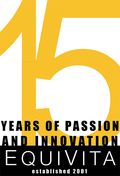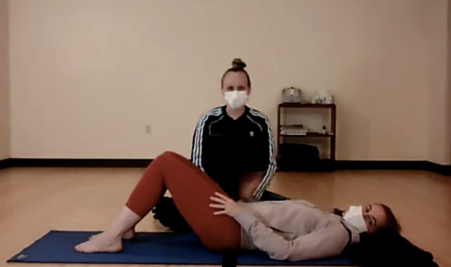
Over the years I have become very familiar with the support that decongestants offer, or the saline sprays, the antihistamines and even anti-inflammatories can help relieve symptoms of sinus congestion. I have used all of the above, sometimes in combination, to mitigate heavy congestion. However, as I grew in my understanding of stretching in both muscle and fascia, I realized that these concepts can be applied to softening the muscles and fascia of the face, head and neck. Release work to these areas can also greatly shift congestion and tension in and around our sinus cavities.
With this being the month we focus on the Flexibility Key of EQUIVITA’s 5 Keys of Fitness, it occurred to me this may be a good time to briefly diagram the location of your sinuses and discuss what techniques you can use to promote circulation within your sinuses, move congestion, create drainage, as well as keep you connected to how much tension you may be concealing in your scalp, jaw and neck.
Your paranasal sinuses:
Below you will see the 4 air filled cavities in the skull, located behind the forehead, nasal bones, cheeks and eye orbits. Apparently there’s not a firm consensus on exactly what functions the sinuses provide to the body. Possible rolls the experts offer are: that sinuses reduce the weight of the skull, they serve to regulate the temperature and humidity of inspired air, they absorb heat and insulate the brain, they give your voice resonance as the air vibrates, they protect your face in case of trauma, and they ‘scrub’ for germs and particulates that try to enter the body as we breathe.
The mucus that shares space with the air that flows through these cavities is there to keep the spaces from getting too dry and to flush the crud. When irritants inflame the lining of the sinus cavities they swell and it becomes more difficult for the mucus to flow, rather it gets stagnant and thickens and creates uncomfortable pressure and is no longer able to flush the crud but rather becomes the crud.
As these sinus chambers build in pressure, the muscles and fascia surrounding them are stretched and triggered to tighten. Additionally, the more tension you hold in the fascia or the muscles of your scalp, jaw, or neck, the greater the challenge to free the flow of mucus in your sinus cavities (in fact, I am one that believes that tension in these areas is sometimes a symptom and sometimes a cause of sinus pressure). All to say, having a basic understanding of how to apply the techniques of facial fascial head and neck release can work to relieve a sinus pressure headache, as well to prevent the onset of thickening mucus associated with seasonal allergies.
Sinus pressure relief practice basics:
Here’s a fairly basic process that I like to consider with sinus support. I always try to maintain the fullest breathing pattern I can achieve, full, relaxing nasal breathing (even if I’m faking it till I make it). Once I have established full, relaxing nasal breathing, I begin to try to warm up the area where I want to ‘melt’ congestion. To influence muscle type tension, use finger tips or knuckles to rub small circles over the sinus area to stimulate blood flow and create heat. To move fascial tension, you would apply more of a pinch and roll approach, or a gentle held pull which can help restore the ‘crimp’ of your fascia so it can re-hydrate any stretched out distended patches.
Next, and still with big breathing, I apply strong pressure to one or two spots in the warmed region to force a pressure shift in the cavity and move held fluid pressure. Perhaps briefly uncomfortable, but effective.
Finally, and still with full breathing, I like to apply a larger movement that acts to ‘push and pull’ a much larger area, like head tilts from side to side, or exaggerated circles of the skull over the shoulders. These movements gently compress and release our soft tissues from the scalp to the shoulders to reduce accumulated tension in these areas.
Maxillary sinus relief series:
First, you want to try to breathe through your nose for the whole process. Ok, now find the little indentation on the sides of your nostrils, and with your finger tips, press firmly into that indentation and make circular motions for about a minute. Our aim here is to melt the muscles around your maxillary sinus cavity, or start to warm the area to encourage drainage of this cavity. Next you're going to get in there with your knuckles and hold a decent pressure right on that indentation point and count to about 45. You can now choose to use an even smaller pressure point after the knuckles press, by switching to your thumbs and pressing in, with a slight angle up, and hold nearly uncomfortable pressure this way for an additional count of 45. Now take a few deep inhales and exhales. Relax your face, relax your shoulders, drop your hand to your sides, palms facing outward. Now drop your ear to your shoulder, one side and then the other. Continue this rhythmic side-to-side tilting movement for approximately a minute.
Frontal and Ethmoid sinus release series:
First, you want to try to breathe through your nose for the whole process. Now you want to make your hand like a blade and press the index finger of this blade right into the deepest crevice between the eyes, then take your other hand and apply a firm controlled pressure to that point between the eyes, and count to about 30. Next, slide the hand slightly right to left (or side-to-side), back and forth while also pressing in and up into the brow bone and count to 30 again. Get your pinchers ready, grab hold of the inside of each eyebrow with a pincher and start to pull and roll outward, while working your pinchers across the brows to the outside of them and then use the same pinch and roll movement to come back to center. Do this twice, back and forth. This is a fascial pulling application, and we are using it to soften the fascia around your frontal and ethmoid sinus cavities. Finally, we layer in a larger movement, taking a few deep inhales/exhales. Relax your face, relax your shoulders, drop your hand to your sides, palms facing outward. Finally, make some big circles with your nose, using all the edges of your range of motion, take your nose all the way back to the ceiling and all the way around to the floor and back up. Big circles, for about a count of 45.
I hope you can successfully visualize your sinuses, and connect with your own ability to relieve both pressure in the sinus cavity and move held-tension in/around the area of your sinuses. I hope that you connect how tight shoulders, a tight neck, tight jaw, and a tight scalp can lead to recurrent sinus issues, AND that when you apply some of the pressure relief basics with consistency you can employ the power of blood flow and the power of movement (just like any other musculoskeletal system) to achieve greater health to your paranasal sinus constitution! If you would like great video suggestions for 15 minute practices that can lead you through release practice for all four of the sinus cavities, please email me at [email protected].
In robust, deep breathing, health, happy Spring!
Tami
I love this Sam Webster: he is responsible for my quick revisit to paranasal sinus anatomy for this segment! He can teach you all about anatomy! (btw: this is strictly an anatomy education video, not one of the release videos) Enjoy
Paranasal air sinuses

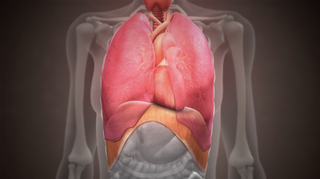
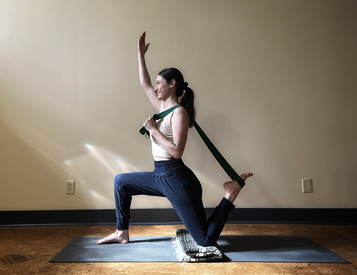
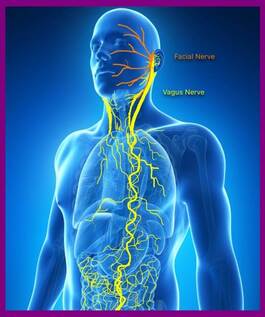
 RSS Feed
RSS Feed
